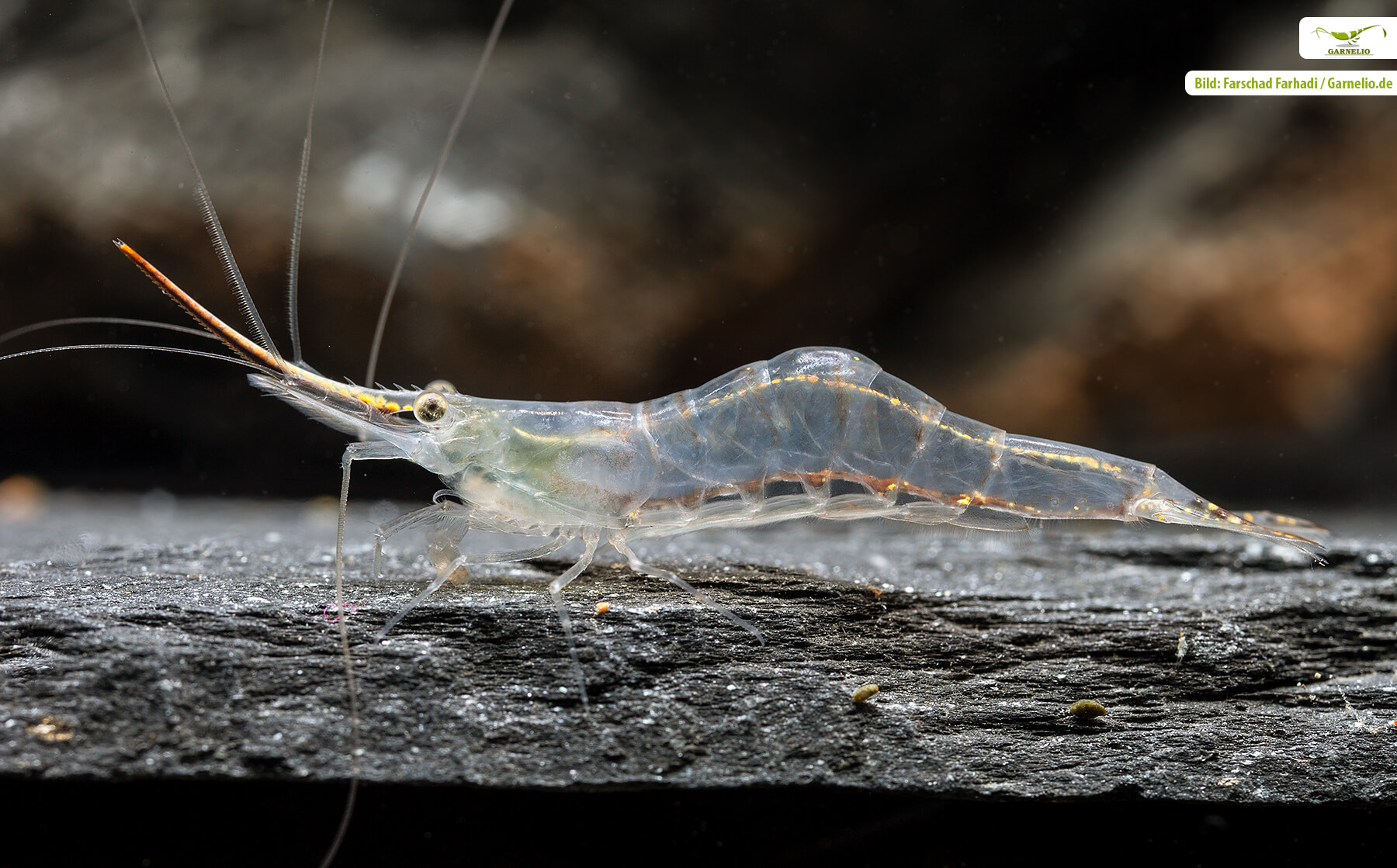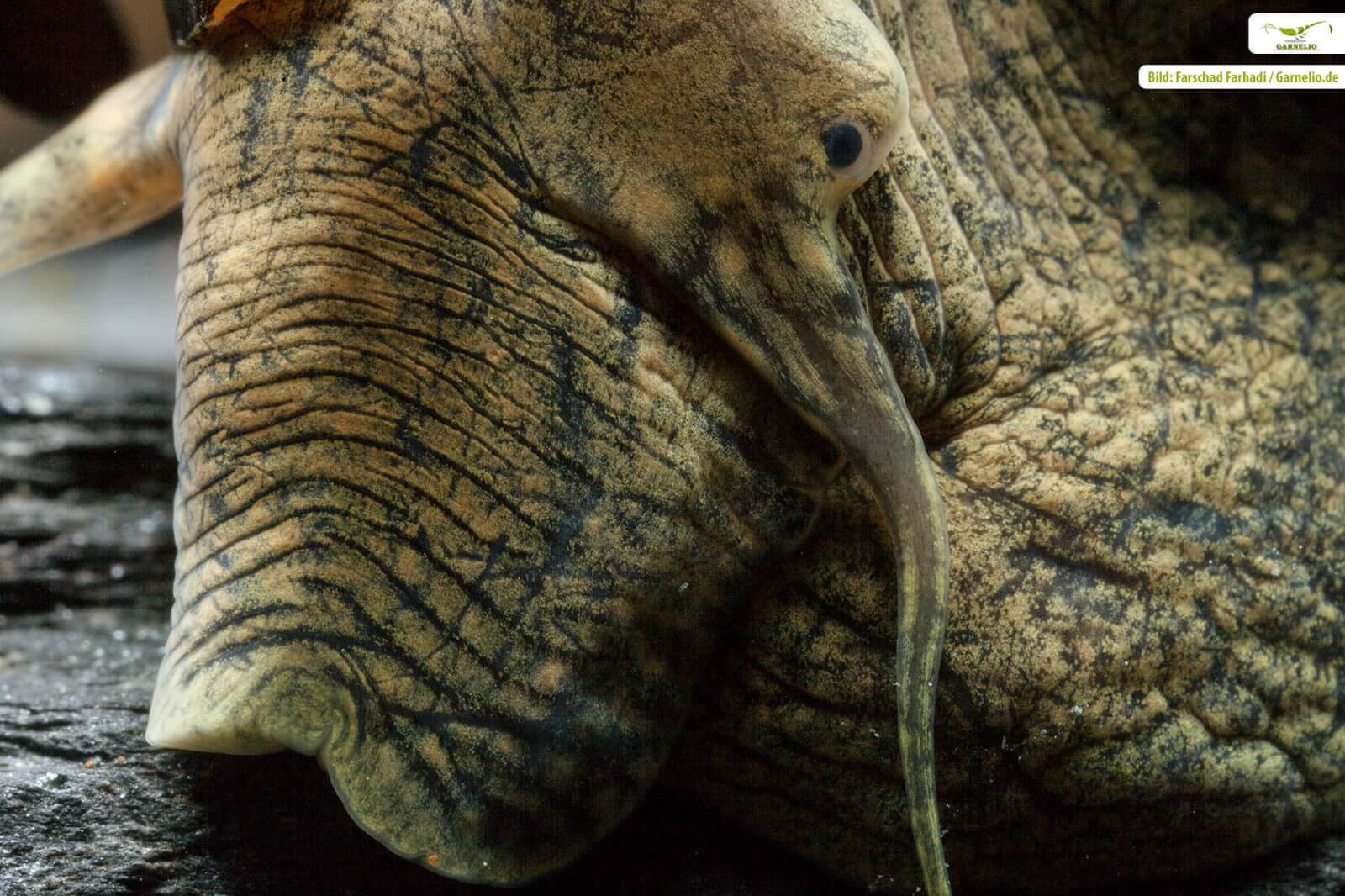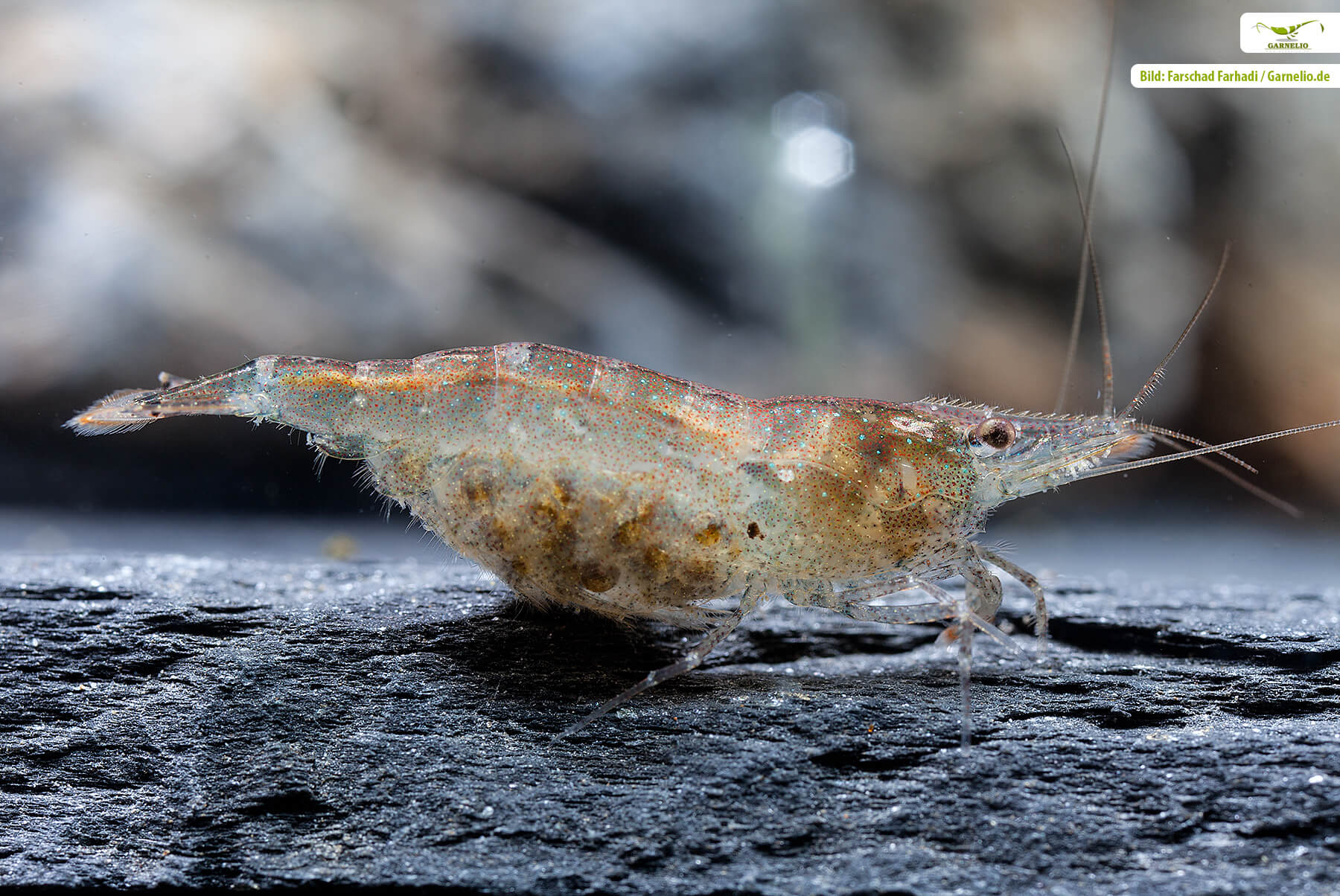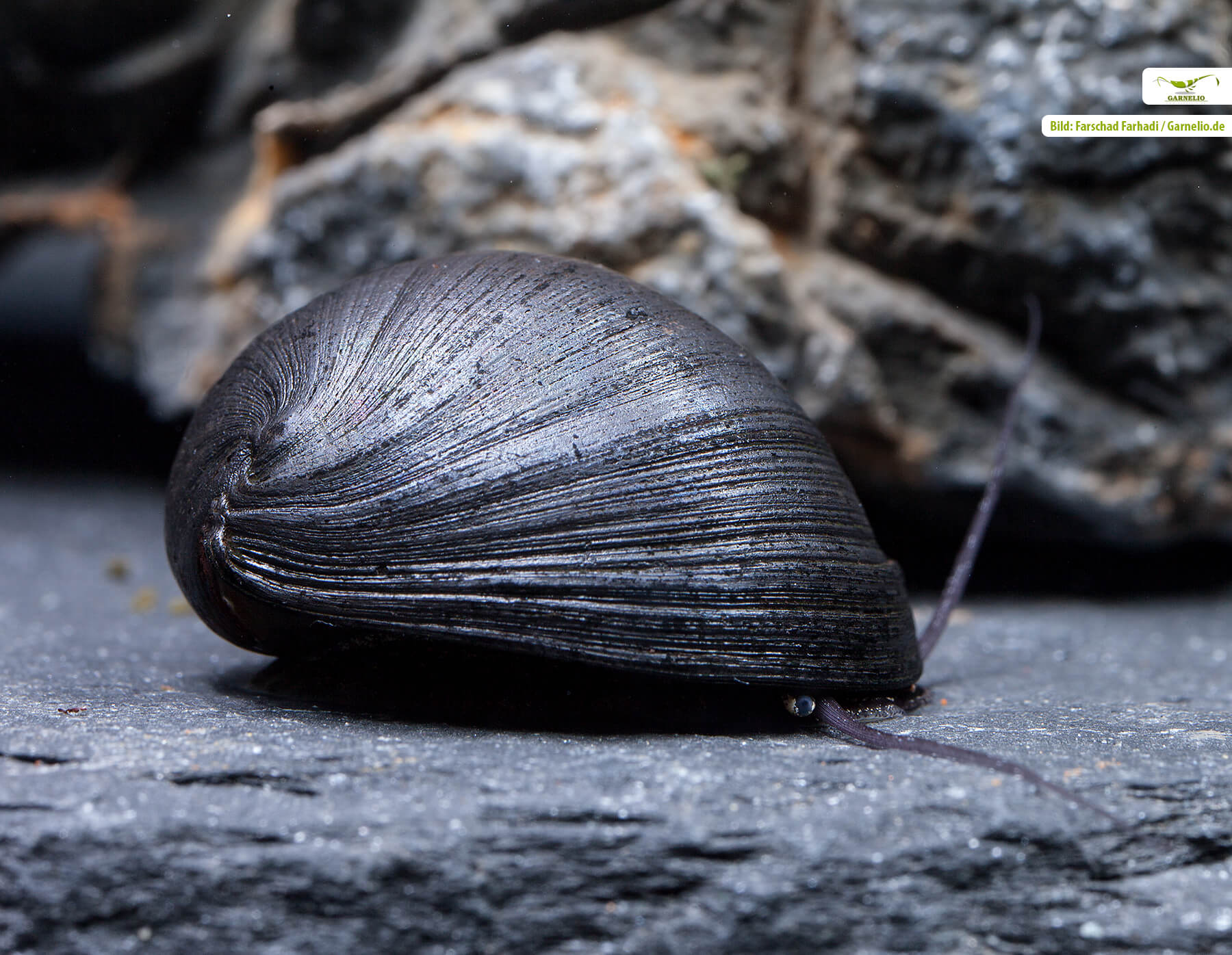Shrimp death in summer - germ density in the aquarium
Germ density in the aquarium
Many of our most popular shrimp species, such as bee shrimp, bumblebee shrimp or tiger shr imp, originate from very clean, cool and oxygen-rich streams. The nutrient density in the water is so low that there is hardly any plant growth worth mentioning in these streams. But not only is the nutrient density low, the germ density in these streams is not high either. Especially bee shrimps, bumblebee shrimps and tiger shrimps are not used to bacteria in open water from nature, and they do not get along well at all with these small fellow inhabitants in the aquarium. They may feed on biofilms that form on rocks and foliage, but these biofilms contain almost only "good" bacteria that usually do not make the shrimp sick, but provide them with important proteins and other nutrients. In the aquarium, a good source of protein for shrimp is Natureholic Proteinfeed.

Now, you can't compare an aquarium with the wild - in the aquarium we practically always have a much higher density of germs than in the shrimp's native streams, simply because in these flowing waters fresh water is constantly supplied and old water drains away quickly. This can hardly be done in the aquarium. Therefore, all the more care should be taken to keep the germ density in the tank as low as possible.
Bacteria in the aquarium
Bacteria belong to the single-celled organisms with a rather simple body structure. They reproduce by division, but can also form spores that can survive adverse conditions and from which viable bacteria emerge again when environmental conditions have improved. Bacteria multiply very rapidly when food supply is high; depending on the species, their numbers can more than double in less than half an hour.
At high temperatures, the metabolic activity of bacteria increases greatly and they divide even faster.
Without bacteria, the aquarium ecosystem cannot be kept stable (blog: Nitrogen Cycle in the Aquarium), but you don't have to force their numbers either ... under suitable conditions, they settle at a good level.

Keep germ density in the aquarium low!
The germ density in the aquarium can be kept under control with different measures. Since the reproduction rate of bacteria is directly dependent on the nutrient density of the water and since bacteria can metabolize practically all kinds of organic matter, it is very useful to keep the organic load of the water low.
This is mainly done by carefully selecting the food. Sugar is optimal "fuel" for bacteria, so anything containing sugar or starch should be used with great caution in the aquarium. Grapes, bananas and other fruit have no place in a tank with invertebrates, nor does the infamous spaghetti noodle. Even green foliage. Greens such as spinach and nettle and vegetables such as cucumbers and peppers can lead to a bacterial bloom due to the simple sugars and polysaccharides they also contain. These things can be fed with a clear conscience, but should be removed from the aquarium after a few hours. If you want to be on the safe side, they should never be left in the tank overnight. Even ready-made food especially for shrimps from the trade should not remain in the aquarium for more than a few hours, or only as much should be fed as is eaten within this time. Any leftovers should be vacuumed up. The substrate at the feeding site should also be vacuumed and mulched from time to time to remove food residues in the substrate. Feeding trays and targeted feeding can be used to prevent food from seeping into the bottom, leading to increased bacterial contamination of the water.
Regular water changes are essential to reduce the bacterial count in the water. A 50% water change will also reduce the bacteria count by half. Depending on the stocking density and intensity of feeding, you should change between 30 and 50% of the water per week. The fresh water should be adapted to the aquarium water in terms of temperature and water values. If you are not sure about the quality of the tap water, the water should be treated with a water conditioner suitable for shrimp. These agents bind pollutants and make them harmless. If the tap water is not suitable for shrimp with special water requirements such as soft water shrimp (bee shrimp, tiger shrimp and other species from southern China) or Sulawesi shrimp, you should think about treating osmosis water with a special mineral salt.

The addition of humic acids can also reduce the germ count, as these substances have a germ-inhibiting effect. Humic acids are abundant in peat, brown oak leaves and alder cones, but you can also use special ready-made preparations. They have the advantage that they can be dosed exactly.
Especially in hot summers it is also important to keep the water temperature low. If the aquarium water heats up too much due to the high outside temperatures, not only the oxygen content decreases, but also the reproduction rate of the bacteria can rise sharply and the germ count increases noticeably. Cooling in the aquarium may then be unavoidable (Blog: Cooling in the aquarium). This way the temperature stays in the green range and the bacteria do not multiply excessively.
Of course, all these measures should go hand in hand, of course, it does not bring so much to pay attention only to the temperature and neglect the water change or grossly overfeed the aquarium.

